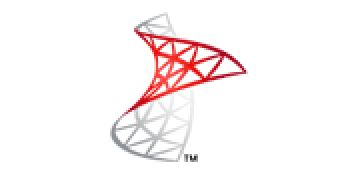The final version of the Microsoft Drivers for PHP for SQL Server 2.0 is now available for download. Early adopters that have tested the pre-release versions of the drivers were among the first to get a taste of the evolution of the SQL Server Drivers for PHP 2.0, which now features the PDO_SQLSRV driver. The Redmond company’s efforts to provide interoperability and extend connectivity between Microsoft SQL Server data platforms and PHP applications have grown with the introduction of support for PHP Data Objects (PDO).
“The PHP community has signaled that PDO is the future as it removes data access complexity in PHP applications by enabling developers to focus their efforts on the applications themselves rather than database-specific code. Providing the PDO_SQLSRV driver enables popular PHP applications to use the PDO data access “style” to interoperate with Microsoft’s SQL Server database and make it easier for PHP developers to take advantage of SQL Server's proven track record and to leverage features such as SQL Server's Reporting Services and Business Intelligence capabilities,” explained Ashay Chaudhary, Program Manager, SQL Connectivity – PHP.
In this regard, SQL Server Drivers for PHP 2.0 represent a consistent evolution compared to version 1.1 of the offering. While v1.1 was focused on SQLSRV Native API (php_ sqlsrv.dll), PHP developers are now free to choose another driver namely PDO_SQLSRV. However, both drivers are perfectly capable to link PHP apps to both SQL Server and SQL Azure.
And Microsoft did not stop with releasing the new SQL Server drivers for PHP. The Redmond company has worked to also allow developers access to the source code for both SQLSRV and PDO_SQLSRV. Customers will be able to grab the source code for the RTM build of Microsoft Drivers for PHP for SQL Server 2.0 RTM via CodePlex, made available under the Apache 2.0 license.
“The Microsoft Drivers for PHP for SQL Server 2.0 release is available for download on the MSDN Download Center as well as the Web Platform Installer. We encourage you to download it and explore the programming guides, the API documentation, and the two example applications in the .chm file. We will continue to offer our v1.1 release along with our new v2.0 release on our MSDN Download Center for a few months,” Chaudhary added.
Follow me on Twitter @MariusOiaga.

 14 DAY TRIAL //
14 DAY TRIAL //